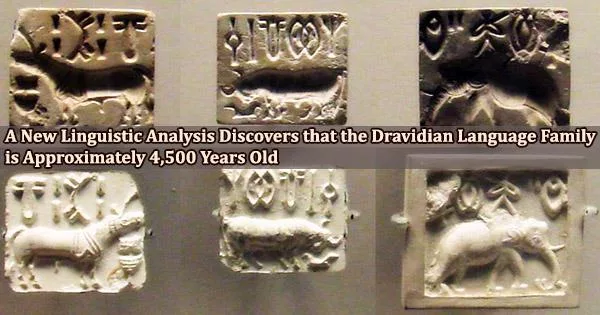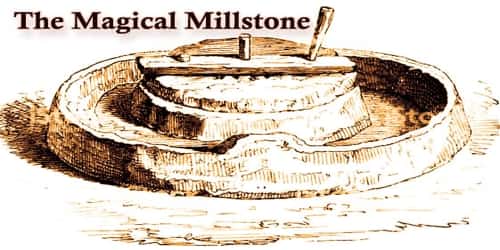The Dravidian Language Family, which consists of roughly 80 variants and is spoken by 220 million people in southern and central India as well as neighboring nations, has a 4,500-year-old origin.
This estimate is based on fresh linguistic studies conducted by a global team, including academics from the Max Planck Institute for the Science of Human History, using information directly gathered from native speakers from all previously known Dravidian subgroups. These findings, published in Royal Society Open Science, match well with earlier linguistic and archaeological studies.
An important group for understanding human dispersals from Africa and later large-scale migrations
South Asia, reaching from Afghanistan in the west and Bangladesh in the east, is home to at least six hundred languages belonging to six large language families, including Dravidian, Indo-European, and Sino-Tibetan.
Approximately 220 million people speak one of the 80 dialects and languages that make up the Dravidian language family, primarily in southern and central India but also in neighboring nations. Kannada, Malayalam, Tamil, and Telugu, its four most widely spoken languages, all have long literary histories, with Tamil dating back the longest.
Here we have a really exciting opportunity to investigate the interactions between these people, and other cultural groups in the area such as Indo-European and Austro-Asiatic on one of the great crossroads of human prehistory.
Simon Greenhill
Along with Sanskrit, Tamil is one of the world’s classical languages, but unlike Sanskrit, there is continuity between its classical and modern forms documented in inscriptions, poems, and secular and religious texts and songs.
“The study of the Dravidian languages is crucial for understanding prehistory in Eurasia, as they played a significant role in influencing other language groups,” explains corresponding author Annemarie Verkerk of the Max Planck Institute for the Science of Human History.
It is unknown with certainty where the Dravidian language originated from or how it spread across time. The Dravidians are considered to be native to the Indian subcontinent and existed there before the Indo-Aryans (those who spoke Indo-European) arrived in India roughly 3,500 years ago, according to the scientific community. The Dravidian languages were probably far more common in the west in the past than they are now.
Advanced statistical methods and hand-collected data lead to robust results
The researchers conducted a thorough analysis of the historical linkages of 20 Dravidian variations in order to address problems regarding the how, when, and where the Dravidian languages evolved.
Study author Vishnupriya Kolipakam of the Wildlife Institute of India collected contemporary first-hand data from native speakers of a diverse sample of Dravidian languages, representing all the previously reported subgroups of Dravidian.
The age and subgrouping of the Dravidian language family were estimated by the researchers using cutting-edge statistical techniques to be between 4,000 and 4,500 years old. Even though this estimate is in keeping with theories from earlier linguistic research, it is a more reliable conclusion because it was consistently observed in the vast majority of the many statistical models of evolution examined in this study.
This age also agrees well with archaeology’s prior deductions, which dated the North, Central, and South branches of Dravidian to exactly this time, when cultural advances first became visible in the archaeological record.
Future research would be needed to clarify the relationships between these branches and to examine the geographical history of the language family.
“Here we have a really exciting opportunity to investigate the interactions between these people, and other cultural groups in the area such as Indo-European and Austro-Asiatic on one of the great crossroads of human prehistory,” states author Simon Greenhill of the Max Planck Institute for the Science of Human History.
















